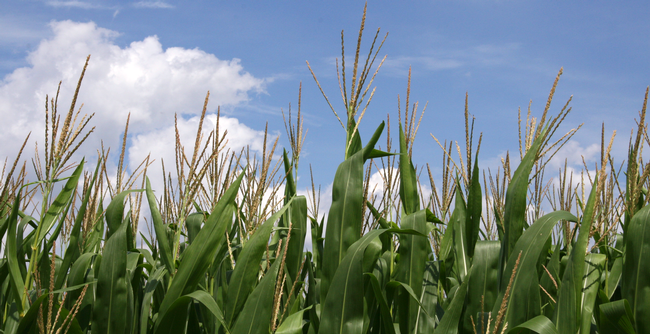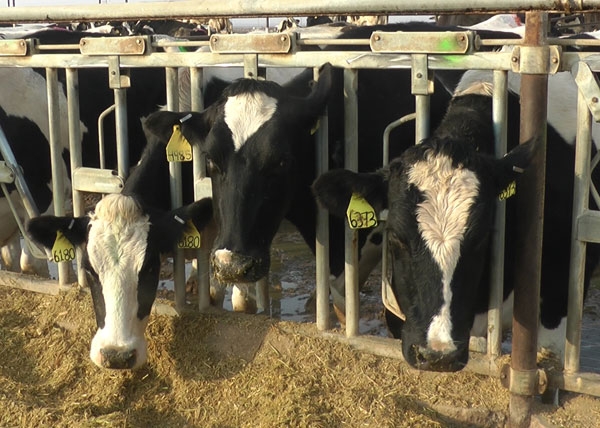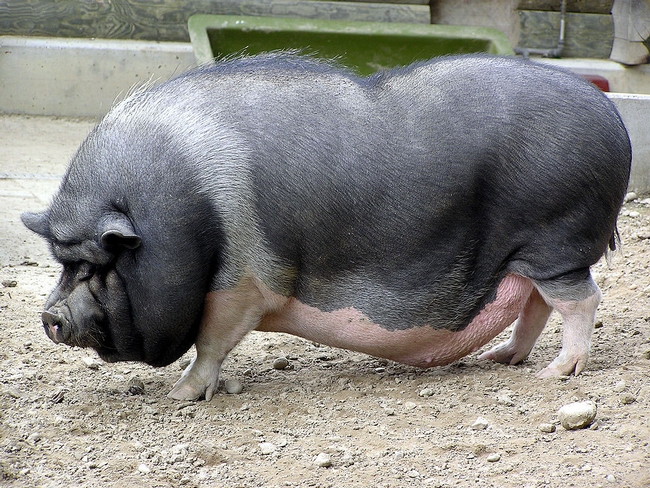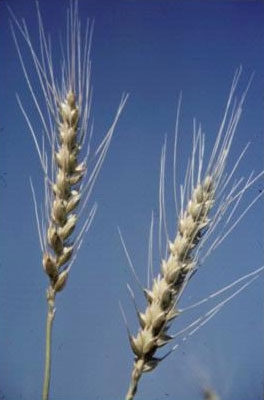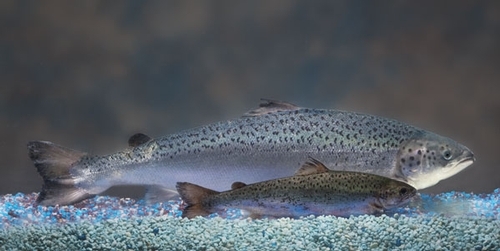Posts Tagged: GMO
Anti-GMO measure is on the Sonoma County ballot
Sonoma County residents are voting today whether to join neighboring counties in a ban of genetically modified agricultural crops, reported Filipa Ioannou in the San Francisco Chronicle.
County voters rejected a similar ordinance 11 years ago. However, judging from the money donated to the campaigns in favor and against Measure M, some minds have been changed. In 2005, more than a $1 million went into the fight, with opponents outspending supporters by about $55,000. This time, the supporters have raised more than detractors, with the campaign in favor receiving $278,233, and the campaign against $67,500, the article said.
This comes despite an impact report by the director of UC Cooperative Extension in Sonoma County, Stephanie Larson. The report says few genetically engineered crops are now grown in Sonoma County and the potential impact of the ordinance on the growth of the local agricultural industry is not known. Larson's report says GMO crops have bee consumed by humans in billions of servings of food over 20 years without a single documented health problem.
“Is this maybe a solution in search of a problem? I wonder about that,” said Kim Vail, executive director of the Sonoma County Farm Bureau. “We live in a free-market economy. Consumers have choices, producers should have choices. Let the market decide.”
Passage of Measure M would align the county with its neighbors. Marin County, which passed Measure B in 2004, was the first to ban GMOs in the United States. Four other Northern California counties - Humboldt, Mendocino, Santa Cruz and Trinity - have banned genetically modified agricultural crops.
Update: Measure M passed with nearly 60 percent of the vote.
'Non-GMO' milk label more about marketing, says UCCE expert
Clover Stornetta Farms of Petaluma will be adding non-GMO certification to its conventional milk in early 2017. The move upset organic and conventional farmers, as well as a few agriculture scientists, reported Tara Duggan in the San Francisco Chronicle.
The non-GMO designation means the milk comes from dairy cows who have been raised with no genetically engineered corn, soy or other products in their diets.
The article featured comments from Alison Van Eenennaam, UC Cooperative Extension specialist based at UC Davis. She said non-GMO animal feed crops have a larger ecological impact than genetically engineered versions because of their decreased resistance to disease and pests, and lower yields.
“We are really talking marketing here — developing a product line to differentiate it from a product that already does not contain GMOs,” she said. “As a company they of course can develop whatever products they want and if they see a profitable market — then it is a good business decision.”
Van Eenennaam said she is concerned that suggesting non-GMO milk is a safer or more environmentally sound product could have a chilling effect on agricultural science advances necessary to feed a world population set to hit 9 billion by 2050.
“We can keep taking technologies away from farmers by pandering to fearmongering around safe technologies — at the end of the day it just increases the environmental footprint of a glass of milk with no food safety benefit," she said.
Chinese scientists use biotechnology to develop tiny pig pets
In the story, a UC Agriculture and Natural Resources expert expressed disappointment in the company's plan to market mini pigs as pets. Alison Van Eenennaam, UC ANR Cooperative Extension specialist in the Department of Animal Science at UC Davis, said the company's decision reflects the "global regulatory gridlock" around genetically engineered food animals.
"Genome editing is a powerful technology that can be used for many beneficial applications … such as producing disease-resistant animals and other things that would have real benefits for the sustainability of food production," she said.
Americans seem to be open to genetically engineered pets. A glowing fish created in Singapore by inserting jellyfish and sea anemone genes into zebrafish eggs has been accepted by many U.S. consumers.
"People are happy to have them in their aquarium, but it's when it's on their dinner plat that they have a different attitude," Van Eenennaam said.
Scientists used different processes in creating glowing fish and miniature swine. With the fish, genes from other organisms were inserted into the DNA. The mini pigs were made by cutting tidbits of DNA out of the pig genome. According to the article, Van Eenennaam believes gene editing animals is no different from traditional selective breeding. Furthermore, she said the FDA's unwillingness to approved genetically engineered food animals is impeding the technology. Companies are deterred from investing in research by the uncertainty.
"(There's too much financial risk) if you go to all the effort of making an animal and it's unclear whether you're going to be able to market it," Van Eenennaam said.
GMO fight in southern Oregon sharpens GMO debate in California
"We could do millions of things with transgenics, but we have our hands tied," a story in The Scientist quoted Jorge Dubcovsky, professor in the Department of Plant Sciences at UC Davis.
Dubcovsky commented in The Scientist article about his work in using biotechnology to instill resistance to a devastating plant disease, stripe rust, in wheat.
“Wheat is a very important cereal,” says Ravi Singh of Irrigated Bread Wheat Improvement and Rust Research in Mexico. “Twenty percent of [humans'] calories and about the same [percent of] protein are coming from wheat.”
Genetic engineering is a way to breed long-lasting stem rust–resistant wheat varieties and boost wheat yields around the world. But genetically modified foods are being kept off the market by public opposition and regulatory expenses.
The Scientist article, written by Kerry Grens, said a few groups are forging ahead, including Dubcovsky and other researchers who are cloning stripe rust-resistance genes from wheat and other taxa and identify their functions. For more on Dubcovsky's work, see UC researchers improve wheat nutrition and yield.
Genetically engineered food animals meet resistance
The article reviewed the case of Enviropig, which was modified to produce lower levels of phosphorus in its manure, an environmental benefit because phosphorus can leach into groundwater beneath pig farms. The transgene also eliminates the cost of adding phosphorus to the animals' feed. Anti-GMO activists voiced loud opposition.
"They really targeted it and made it a bad thing," said Alison Van Eenennaam, UC Cooperative Extension specialist in the Department of Animal Science at UC Davis.
James Murray, professor in the UCD Animal Science Department, has used genetic modification to develop goats whose milk contains an antibacterial protein found in human breast milk that could help treat childhood diarrhea.
“Who would have thought when we started [manipulating animal genomes] in the early 1980s that at this point we would have no animals approved?" Murry said. “It's been over 30 years. I made my first transgenic sheep in 1985. We were all making [GM] mice before that, with an eye toward agriculture.”
Akst used the case of the AquAdvantage salmon as an object lesson about resistance to GMO animals. AquAdvantage salmon contain a gene from an eel-like ocean pout. It grows twice as fast on 25 percent less food compared to wild salmon. Despite safeguards its makers have in place to keep the GM fish away from their wild cousins - farming them in inland tanks, raising only sterile female fish - the U.S. Food and Drug Administration has been holding off on approval for years.
“Fifteen or 20 years in, $70 million down the drain, and no decision,” Murray said. “Who wants to invest in the next transgenic animal product?”

